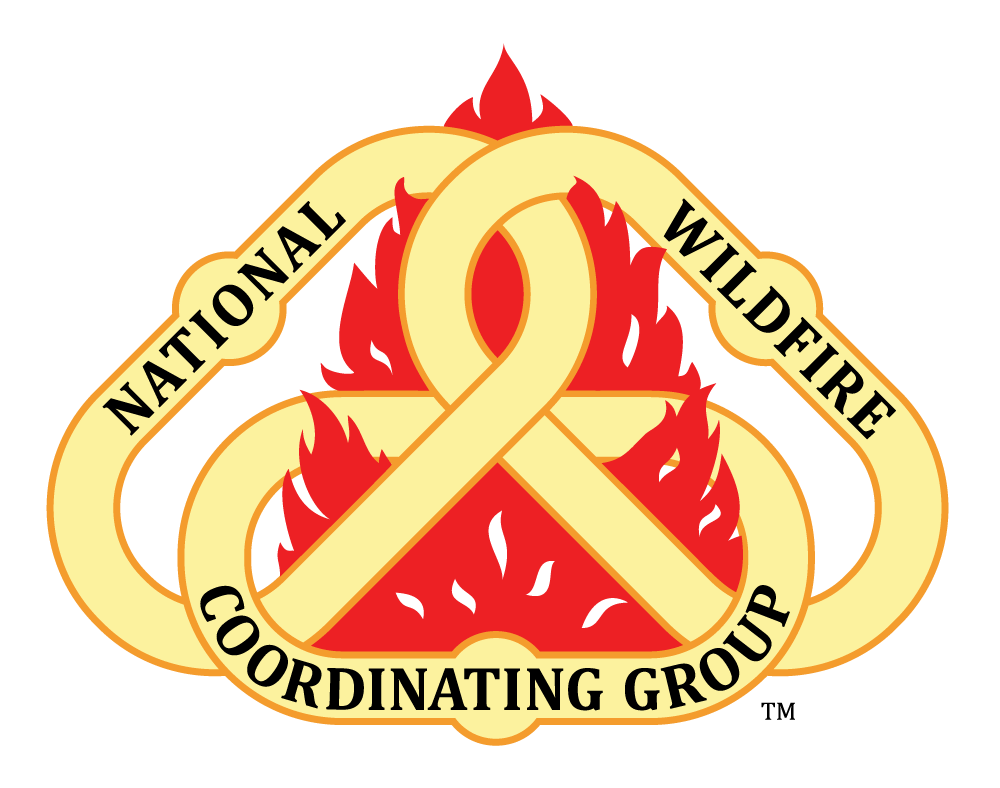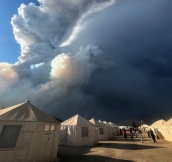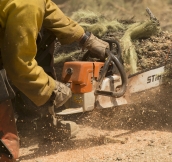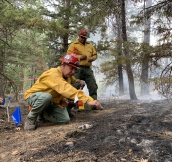Product Description
The Transportation Map provides an overview of the transportation network in the incident vicinity to support safe transportation. This map is used to facilitate land-based delivery and extraction of equipment, supplies, and personnel to and from the incident location.
Target Audience
Incident personnel needing information on travel routes to and from the fire, Safety Officer, Medical Unit, Logistics Section.
Guidelines
- Standard Incident Command System (ICS) symbology.
- Up to Arch E (36” x 48”). May also be produced at 8.5” x 11” for optional inclusion in the Incident Action Plan.
- Simplified base map to enable navigation.
- Scale varies based on request, area covered, and map size.
- Access and egress routes highlighted for clarity.
Standard Elements
All map products produced should include the STANDL-SGD cartographic elements.
Data
- Wildfire Daily Fire Perimeter (Polygon) with Contained and Uncontained Perimeter Lines.
- Limited / relevant Event Lines (including, but not limited to: Access Routes).
- Limited / relevant Event Points (including, but not limited to: Camps, Closures, Drop Points, Gates, Helibase, Helispots, and Incident Command Post).
- Assignment (Division, Branch, Zone) breaks and labels.
- Major roads and road names, type of route (e.g., dirt, 4wd only, one way).
- Route restrictions (e.g., bridge weight limits).
- Key landmarks.
- Other Situation Unit Leader (SITL)-requested data, such as point-to-point drive times.
Examples
These are examples from actual incidents and may include non-standard elements.
Also note that examples use the standard symbols at the time of their creation and may not reflect the current GeoOps symbology. Map elements, incident features, and composition remain consistent across these visual changes.
- 2022-09-15 Double Creek
- 2022-09-05 Double Creek
- 2022 Fish Fire
- 2006 Shake Table Fire
- 2011 Horseshoe Fire
- 2011 Dollar Lake Fire





